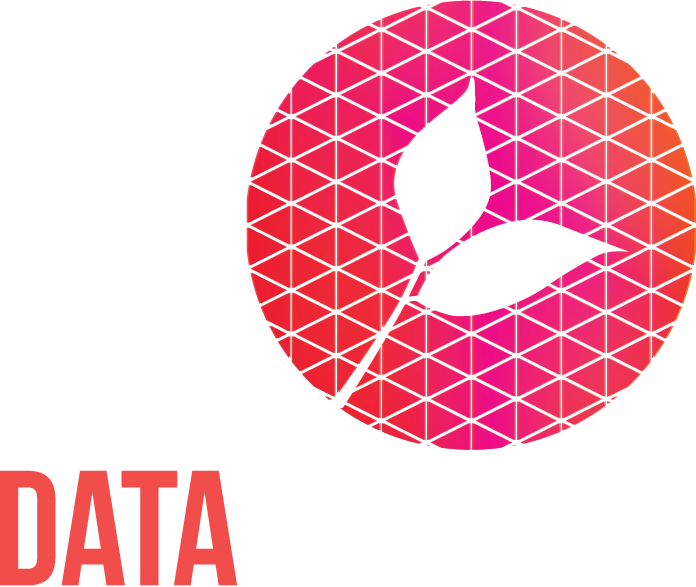Introducing Data Action Stories
A Data Action Story
We've been using a simple tool to have conversations about data and analytics for a little while now. We wanted to share it because we think it's useful and because we are interested if there are changes or improvements that could be made.
The tool is the "Data Action Story". It's a simple formulation.
If only we knew… X
We could do… Y
Which would lead to… Z
I'll explain how we use it in a moment.
Where the Data Action Story came from
There are two clear antecedents for the Data Action Story. The first is the User Story from the digital and design worlds. User stories have the form
As a… X
I need… Y
So that I can achieve… Z
The constraint imposed by the form is powerful: forcing people to be very clear in their thinking and in their communication. It also provides quite a neat packet of information. User stories can be given more or less priority than others and they can be grouped or differentiated easily.
Data Action Stories have some of the same benefits.
The second source for Data Action Stories is the LOTI outcomes-based methodology for data projects.
This is a really useful framework for thinking about many analytics challenges. It provides a simple process for people to follow. The LOTI Framework starts with the outcome they are seeking to deliver, then the actions that will deliver those outcomes, and then the insights that will unlock those actions. The Data Action Story is a summary of those first three steps.
Action-focused
Both the LOTI methodology and the Data Action Story push people to focus on the insights that will unlock actions. This is frequently useful when organisations aren't used to using analytics systematically.
Examples of Data Action Stories might be:
If only we knew… the diversity of our membership
We could… change our recruitment strategy
So that we could… increase the diversity of our membership
or
If only we knew… which communities were most at risk of food poverty
We could… target our collective services towards these communities
So that we could… make the most effective use of our scarce resources to prevent people experiencing food poverty
Better conversations
Data Action Stories also provide a really useful way for different stakeholders to communicate. Members of a service team might challenge the fact that it's the lack of data holding them back. Business Intelligence specialists might say "but we've been providing you with that data for years" leading to a (hopefully) more fruitful conversation about why this insight has not unlocked action before.
Data Action Stories are a boon for analysts too. Rather than an analyst being asked to "analyse some data" the Data Action Story provides some very useful context which means the analyst can focus on what is likely to add value to the service. It also means the analyst is likely to be able to make better suggestions "If you knew THIS would that help you respond quicker?" or “What about if we were to model how the diversity of our membership might change over the next few years?"
We try to use Data Action Stories in that context when we are undertaking analysis for others.
Workshops
We have also used Data Action Stories in workshops. It can be very helpful to get a team together (whether it be an operational team, SMT or a multi-disciplinary team) and ask them to come up with their personal data action stories. Like User Stories they are small and self-contained enough to be grouped, prioritised and broken out into smaller, more granular stories if necessary.
We have found participants really get a lot out of workshops based around using Data Action Stories.
Potentials and limits
We think Data Action Stories could potentially be useful wherever there is an analysis/service interface. So HR teams could probably get a lot of value by asking managers to describe their requirements for HR reporting in terms of Data Action Stories.
If you're familiar with the LOTI methodology you will have noticed that the Data Action Story only covers the first three of 6 steps. The steps not included in the Data Action Story are identifying the data, checking it can be used legally and ethically and confirming if there are other enablers that will be required.
So Data Action Stories don't do the full work but they, in our experience, help to frame the conversation and allow good trade-offs and prioritisation before moving on to the second half of the methodology.
We'd be really interested in hearing from others. Perhaps we've managed to stumble upon something that you've been using for years, maybe you can see opportunities, risks or weaknesses in this approach.


